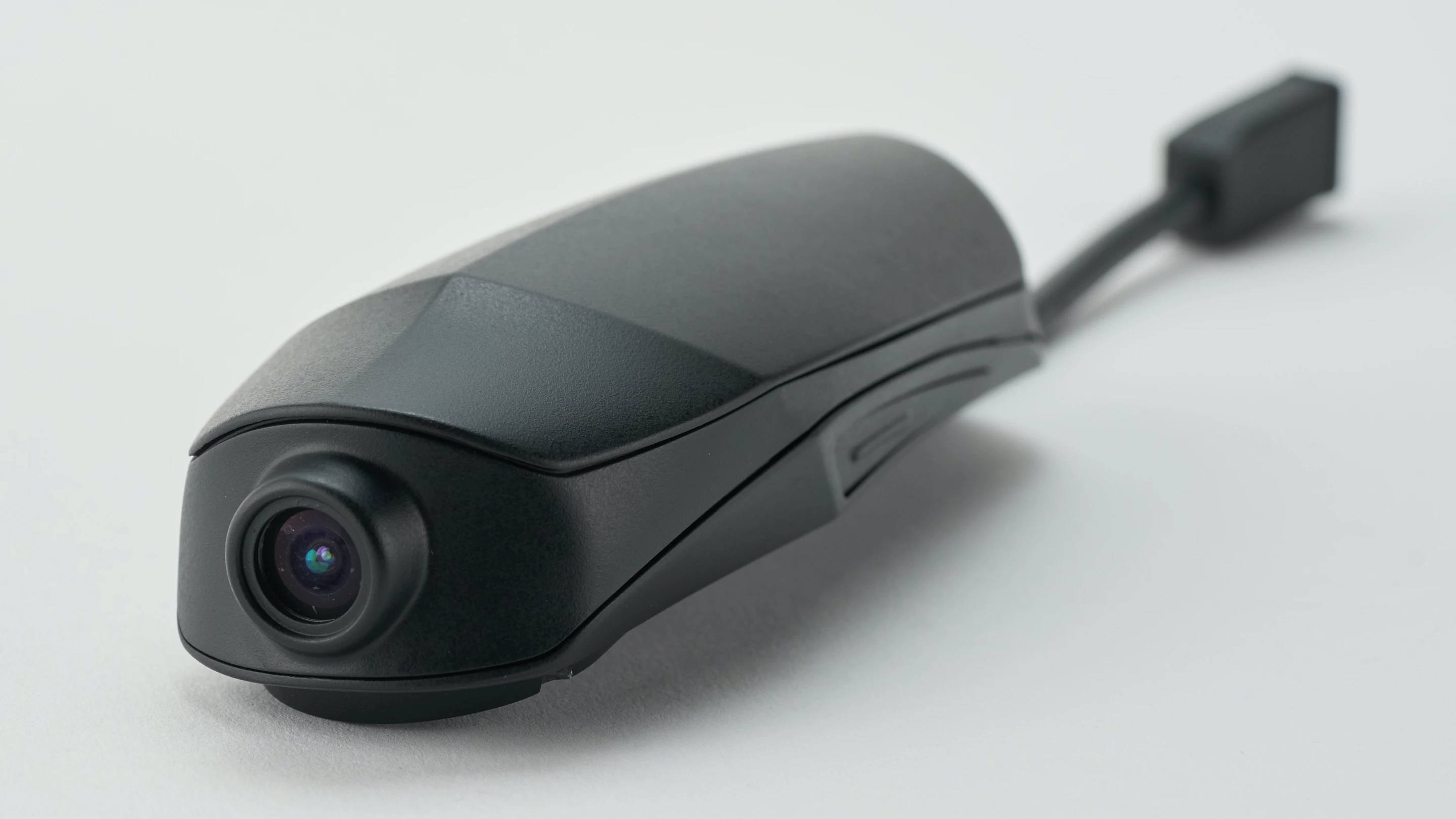When you're changing lanes on a motorcycle while wearing a full-face helmet, performing shoulder checks can be difficult. The Revan "dashcam" system is designed to help, by providing users with a heads-up display (HUD) of their blind spots.
At the heart of the setup is a low-profile dual-camera module, that gets mounted on top of a third-party helmet. Using its two 1080p/30fps cameras, that device continuously records views of the road both in front of and behind the rider.
Both cameras have a 143-degree field of view, allowing the rear one to see the blind spots located on either side of the motorcycle. Should the rider wish to check those spots – or to see what's directly behind them – they just activate the system's HUD unit, located inside their helmet. It responds by showing a real-time feed from the rear camera, in the lower right-hand corner of their real-world forward view.

Power is provided by two lithium-ion batteries located on the back of the helmet, which should reportedly be good for 12 hours of use per 4-hour charge.
The Bluetooth-equipped Revan communicates with both an iOS/Android app on the user's smartphone, and with a handlebar-mounted remote. Between the two of them, those peripherals allow riders to perform functions such as communicating with other Revan-using riders in their group, making/receiving phone calls, listening to music, recording/sharing geotagged helmetcam videos, and adjusting settings.
Additionally, if the user is in a hurry to check their blind spots, the rearview HUD can also be activated via simple head movements.
Should you be interested, Revan is presently the subject of a Kickstarter campaign. A pledge of US$699 will get you a complete setup, when and if it reaches production. The planned retail price is $999.
Potential backers might also want to check out Argon Transform, which likewise adds a front- and rear-camera HUD system to existing helmets.
Source: Kickstarter







